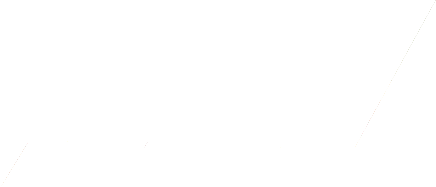OPIS
Maun is an African village popular among hunters, photographers, nature lovers, adventurers, travelers, ecologists, geologists, and zoologists. It is also a popular place for safaris and it has a renowned reputation in the world of writers and film makers. Situated in the Okavango, it was discovered for the outside world by David Livingstone and ever since has been known as "the last Eden on Earth." Although the village is popular among visitors, only a person living in Maun can fully appreciate its beauty and value. The uniqueness of Maun lies in its remoteness from the modern world, in it being situated in the heart of the wilderness. Because of this, the villagers live in a highly diverse cultural environment, which combines elements of all historical periods, with the prehistoric and the modern existing side by side. The book features a number of historic photographs, documents, maps, and reports of the adventures of early travelers such as Livingstone and Selous. It also includes the history of the Ghanzi settlement, and even the story of the Batawana's first settlement in Kwebe, from which the recorded history of Ngamiland begins, as reported by Major Lugard to the British West Charterland Co. His wife, Nell, documented 374 plants, 92 of which were growing in the Kwebe Hills and were previously unknown to the botanic world, including Stapeli kwebensis. Her collection of plants together with her album of drawings and watercolors are displayed in Kew Gardens, London. The book is illustrated with numerous anecdotes, stories memories and opinions gathered from people who lived in Ngamiland. The list of interviewees includes: Eustace Wright, who in 1938 in Naraga became the first recorded victim of the sleeping sickness transmitted by tsetse flies, Motsamai Mpho, who described how the Bayei gained freedom from slavery in 1948, Lionel Palmer and Harry Selby, who presented the history of the first safari companies in Maun, and the Greek Cypriot traders, who recounted setting up their businesses in Ngamiland in the 1960's. According to the author, isolation proved to be beneficial for the transformation of Maun, as it provided time for the new to blend into the traditional. It also helped to preserve the great traditions of the ethnically, nationally and culturally diverse, tolerant, nature-loving and friendly society of Maun.




















